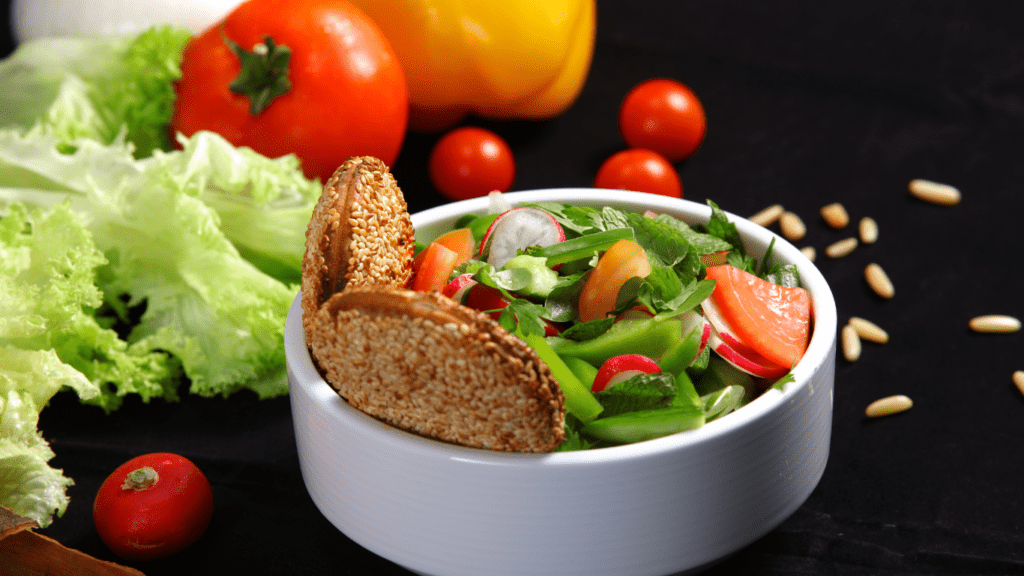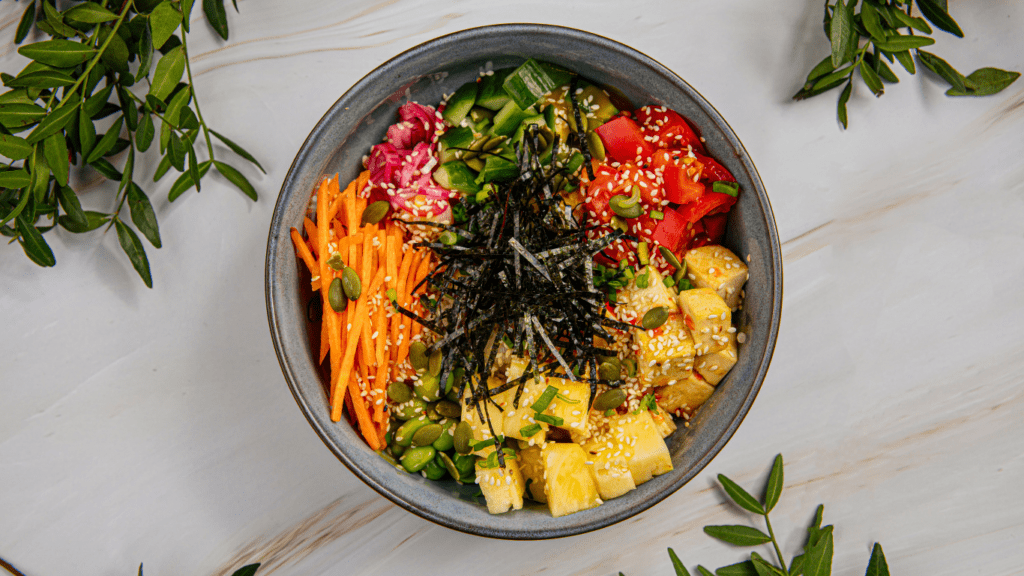Navigating family meals can be a joyous experience, but when food allergies are in the mix, it can add a layer of complexity. As a parent myself, I understand the importance of ensuring that everyone around the table can enjoy a safe and delicious meal. In this article, I’ll share practical tips and strategies for managing food allergies in family meals without compromising on flavor or variety.
From understanding food labels to creating allergy-friendly recipes that the whole family will love, I’ll provide insights on how to make mealtime inclusive and stress-free. Whether you’re dealing with a child’s peanut allergy or a partner’s gluten intolerance, being prepared and informed is key to fostering a positive dining experience for everyone. Join me as we explore ways to create a harmonious balance between dietary restrictions and culinary creativity at the family dinner table.
Understanding Food Allergies
As someone managing food allergies in family meals, I know how crucial it is to have a good understanding of the different types of common food allergies and their symptoms and reactions. Here, I’ll delve into these key aspects to help you navigate through this challenging yet manageable situation effectively.
Types of Common Food Allergies
When dealing with food allergies, it’s essential to be aware of the common culprits that can trigger adverse reactions. These often include:
- Peanuts: A common allergen that can cause severe reactions, including anaphylaxis.
- Dairy: Allergic reactions to dairy products can range from mild to severe, affecting many aspects of meal planning.
- Eggs: An egg allergy can pose challenges in various dishes, necessitating close attention to ingredient labels.
- Tree Nuts: Allergies to tree nuts like almonds, walnuts, and cashews can lead to serious reactions if consumed.
Being mindful of these prevalent food allergies is fundamental in creating a safe and inclusive dining experience for everyone at the table.
Symptoms and Reactions
Recognizing the symptoms and reactions of food allergies is crucial in ensuring prompt intervention and care. Common signs of an allergic reaction include:
- Hives, itching, or eczema: Skin reactions are often early indicators of an allergy.
- Swelling: Particularly around the face, lips, tongue, or throat.
- Breathing difficulties: Wheezing, shortness of breath, or throat tightness.
- GI issues: Such as nausea, vomiting, abdominal pain, or diarrhea.
Understanding these symptoms can help you respond effectively in case of an allergic reaction during a family meal, ensuring the safety and well-being of your loved ones.
Strategies for Managing Food Allergies in the Home
In managing food allergies in family meals, having a safe environment is paramount. Here are essential strategies for effectively handling food allergies at home:
Creating an Allergen-Free Kitchen
Ensuring a safe environment starts with creating an allergen-free kitchen. Here are some steps I take in my kitchen to minimize cross-contamination and allergen exposure:
- I store allergen-free foods separately from allergens to prevent accidental mixing.
- I clean countertops, utensils, and appliances thoroughly after each use to avoid traces of allergens.
- I designate specific kitchen tools (e.g., cutting boards, toasters) for allergen-free cooking to prevent cross-contact.
Reading Labels for Hidden Allergens
Reading labels diligently can prevent accidental exposure to hidden allergens. Here’s how I decipher food labels to identify potential allergens:
- I scrutinize ingredient lists for common allergens like peanuts, dairy, eggs, and tree nuts.
- I look for allergen warnings such as “may contain,” “processed in a facility that also handles,” or “made on shared equipment with” to flag potential risks.
- I stay informed about alternative names for allergens (e.g., casein for milk, albumin for eggs) to catch hidden sources.
By implementing these strategies, I ensure a safe and inclusive dining experience for all family members with food allergies.
Planning Family Meals with Food Allergies
When planning family meals with food allergies, it’s crucial to adapt recipes for allergy safety and engage the family in meal planning. Here are some strategies to ensure a safe and inclusive dining experience for all family members, especially those with food allergies.
Adapting Recipes for Allergy Safety
Incorporating substitutes for common allergens like peanuts, dairy, eggs, and tree nuts in recipes can help create safe meals for everyone. For example, using almond milk instead of dairy milk or flaxseed meal as an egg replacement in baking can make dishes allergy-friendly. Additionally, avoiding cross-contamination by using separate utensils and cookware for preparing allergen-free meals is essential to prevent any accidental exposure.
Engaging the Family in Meal Planning
Involving the entire family in meal planning can increase awareness of food allergies and encourage everyone to be mindful of ingredient labels and potential allergens. Assigning specific tasks to each family member, such as reading labels, preparing ingredients, or double-checking recipes, promotes a sense of shared responsibility in creating safe and delicious meals. By working together, families can prioritize allergen safety without compromising on taste or variety in their meals.
Eating Out and Social Events
When it comes to eating out and attending social events with food allergies, vigilance is key. Here are some practical tips to navigate dining out safely and managing food allergies during social gatherings.
Tips for Dining Out Safely
When dining out, I always make sure to communicate my food allergies clearly to the restaurant staff. It’s essential to ask about ingredients, cooking methods, and potential cross-contact with allergens. Choosing simple dishes with minimal ingredients can reduce the risk of accidental exposure. Additionally, selecting restaurants with allergy-friendly practices and dedicated allergen menus can provide peace of mind.
Managing Food Allergies at Social Gatherings
At social gatherings, I take proactive steps to ensure my safety. I always bring safe snacks or dishes that I can enjoy. It’s crucial to politely inform the host about my food allergies in advance, so they can accommodate my dietary needs. I also avoid sharing utensils and serving dishes to prevent cross-contamination. Being prepared and proactive is key to enjoying social events while managing food allergies effectively.
ABOUT THE AUTHOR:




